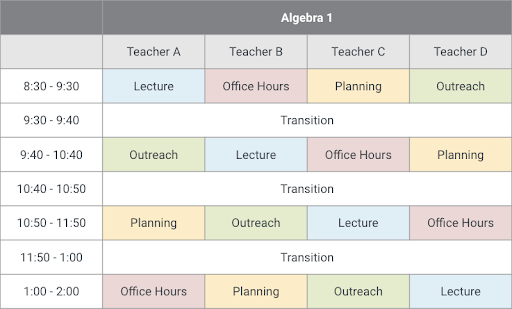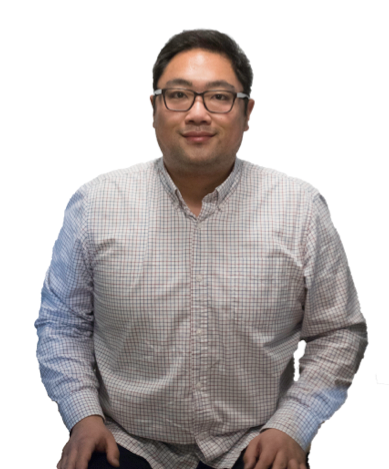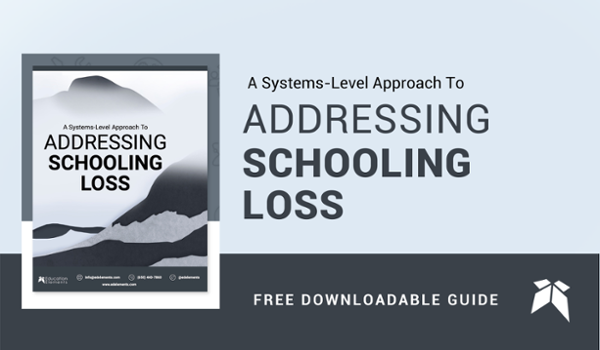This school year made clear the need to redesign our existing systems to ensure that meaningful learning can continue even when our brick and mortar school buildings close. Most schools and districts had only days to prepare to close school buildings and move learning to students’ homes. Fast forward 12 months and remote learning has had time to grow from an emergency measure to a format of learning that invites growth and innovation in new ways. So how can you ensure that meaningful learning can happen anywhere?
There is an opportunity here to change how we approach schooling forever. Before the COVID-19 pandemic, we approached learning as something that happened almost exclusively in a school. Homework often just reinforced the “real learning” that had already happened in the classroom. If there was a natural disaster, a snowstorm, or a hurricane and school was canceled – learning simply paused. There was no expectation that learning could or would happen if students weren’t in school.
And now we know that learning can occur outside of school. How might this new understanding change our approach to schooling? The answer is flexibility. We should provide more flexibility in how we staff schools, design schedules, and allow students to demonstrate mastery.
Each of these areas present a new idea to imagine. As you read, consider two things:
How would this idea work in a remote learning environment?
How do we keep equity front-of-mind when we make these decisions?
How could this idea transform school and allow for more flexibility in learning after the pandemic?
Flexibility in People
We have accepted for decades that teachers wear multiple hats. They are instructors, therapists, content experts, nurses, child development specialists; the list goes on and on. I struggle to think of another profession that requires such a wide range of skills and expertise. Lawyers and doctors are not generalists, they are Cardiologists, Intellectual Property Attorneys, Criminal Prosecutors, and Pediatricians. What if teacher roles were guided by more than a content area or grade? Imagine a team of teachers who all teach the same subject. Currently, every teacher has the same set of responsibilities. They all plan lessons, lead their classrooms, grade work, work with students, etc. What if this team divided-up those responsibilities?
Imagine if:
-
The most performative teacher led the direct instruction for each class
-
The best lesson designer planned the learning experience and curated its resources
-
The more novice teachers practiced teaching with individual students and small group
Flexibility in Scheduling
Traditional school schedules and calendars give students a single opportunity to learn; two if secondary schools repeat classes each semester. Students enroll in classes that often provide the same amount of support and instructional time for every student. And if that is not enough time or support, that student fails the course and must repeat it the following year. This system is designed to be inequitable; it provides the same thing to every student. Higher-income families can pay for extra support through private tutors, but middle- and lower-income families are left with few if any options. What if schedules provide multiple opportunities for students to access the instruction and support they need? Imagine if:
-
The same lecture, and office hours to support that lecture, were delivered multiple times a day
-
Students could attend lecture and/or office hours more than once a day, allowing them to choose how much support they received
-
Teachers could focus on doing the same thing multiple times, improving it after each session

Flexibility in Grading
The idea that people learn best in different ways is nothing new. Howard Gardner proposed his theory of multiple intelligences back in 1983. Yet 37 years later, we primarily expect students to demonstrate their learning in one way. And too often that way is through multiple-choice tests. Consider that alongside the way learning standards have changed. There is much more depth and complexity in standards. Lisa Ramish, an instructional expert and recipient of the 2011 Presidential Award for Excellence in Mathematics and Science Teaching, says, “Students can benefit from learning grade-level content from many different entry points, especially in terms of how they demonstrate their understanding of a concept. There’s a basic understanding of a concept and then being able to write about that concept. But then do students understand it spatially, do they understand it visually, what are all the models students can use to show an idea, can they connect this with other topics?” What if students had the chance to demonstrate mastery in a variety of ways? Imagine if:
-
Mastery could be demonstrated through quizzes, slide deck presentations, video demonstrations, verbal explanations, drawings or visuals, or written responses
-
Students were empowered to choose how they demonstrate mastery
Many of the same concerns around learning continuity toward the start of the pandemic grew into fears around "learning loss" as time wore on and ambiguity grew. We know there's a lot to consider when educating students and deciding what's best for them, which is why our team believes the term “schooling loss” better reflects these beliefs than the more widely-used term “learning loss.” Schooling is broad, it includes learning as well as social and emotional supports, extracurricular activities, athletics, and nutrition services; all things that many students have lost to some extent in the last year. As you focus on being flexible, check out our guide to familiarize yourself with the big picture of the future challenges in education + explore tactical ideas to put into practice.





